From 14 million photos in the Library of Congress, she chose 440 to tell the story of America
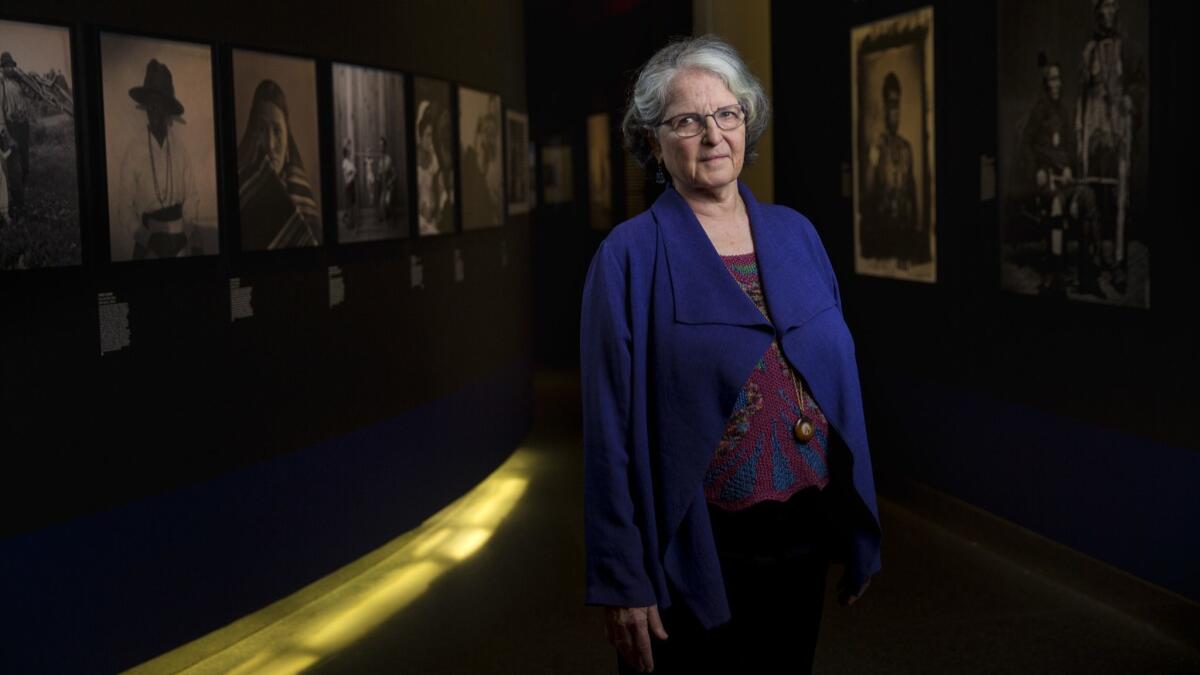
- Share via
In her four decades as a celebrated curator of photography, Anne Wilkes Tucker has combed through the archives of such masters as Dorothea Lange, Robert Frank and Diane Arbus. But none of that was on the scale of what she took on for the Annenberg Space for Photography in L.A.: diving into the 14 million photographs at the Library of Congress.
It was a massive assignment, culminating in the multimedia exhibition “Not an Ostrich: And Other Images From America’s Library,” on view at Annenberg through Sept. 9. In prints and on digital screens, the show samples nearly two centuries of history and Americana, some by notable photographers, others by unknown creators behind the camera.
“I love the library and I treasure it. I sat there, and the staff brought me boxes. I never knew what I was going to look at that day,” said Tucker, 72, who retired from the Museum of Fine Arts Houston in 2015 and then spent a year and a half visiting the Library of Congress in Washington, D.C., to look through slides, contacts, prints, magazines and notebooks. “As the staff got to know me, they began to bring me favorites: ‘You’re probably not interested, but ...’ And I was, ‘Oh, yeah, oh yeah.’ ”
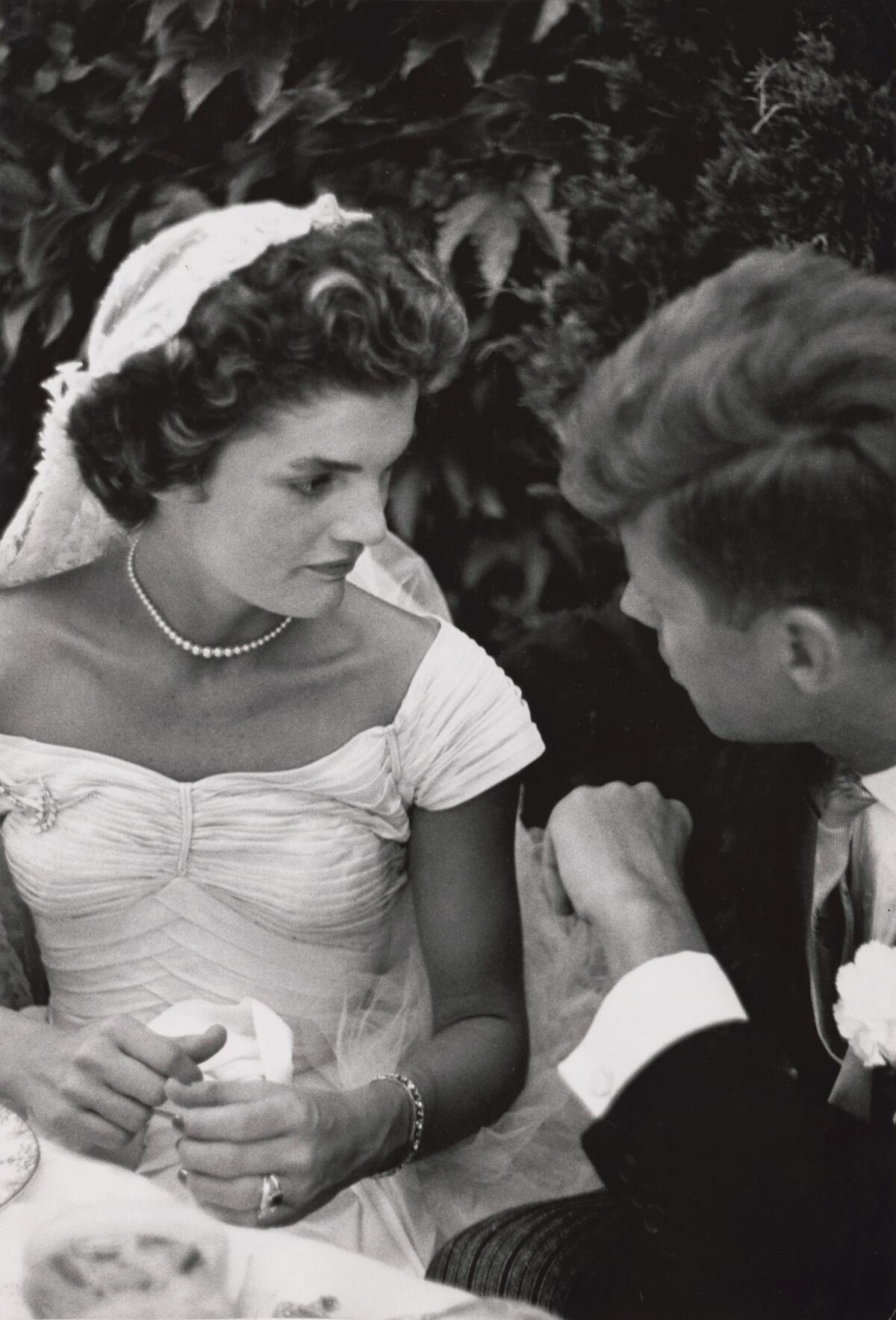
At the Annenberg, a copy of the earliest photograph of Abraham Lincoln now hangs beside a young Harriet Tubman, the abolitionist and former slave. There is Dorothea Lange's classic 1936 “Migrant Mother” portrait epitomizing the Great Depression, plus pictures of the Wright Brothers’ first flight, Muhammad Ali’s swollen hands after a fight and a modern scene of adoption by a gay couple.
“The library has built this extraordinary collection of who we are — and it’s available online,” Tucker said.
Also among the Annenberg show’s 440 images is an 1839 self-portrait by Robert Cornelius, who built a camera with a box and lens from a pair of opera glasses to create an early selfie. And there are pictures of New York City in the late 1940s by Stanley Kubrick, a teenage staff photographer at Look magazine years before his groundbreaking career as a filmmaker.
This is the first time we’ve partnered with another cultural institution to have an exhibit like this. This is what we need to keep doing.
— Carla Hayden, librarian of Congress
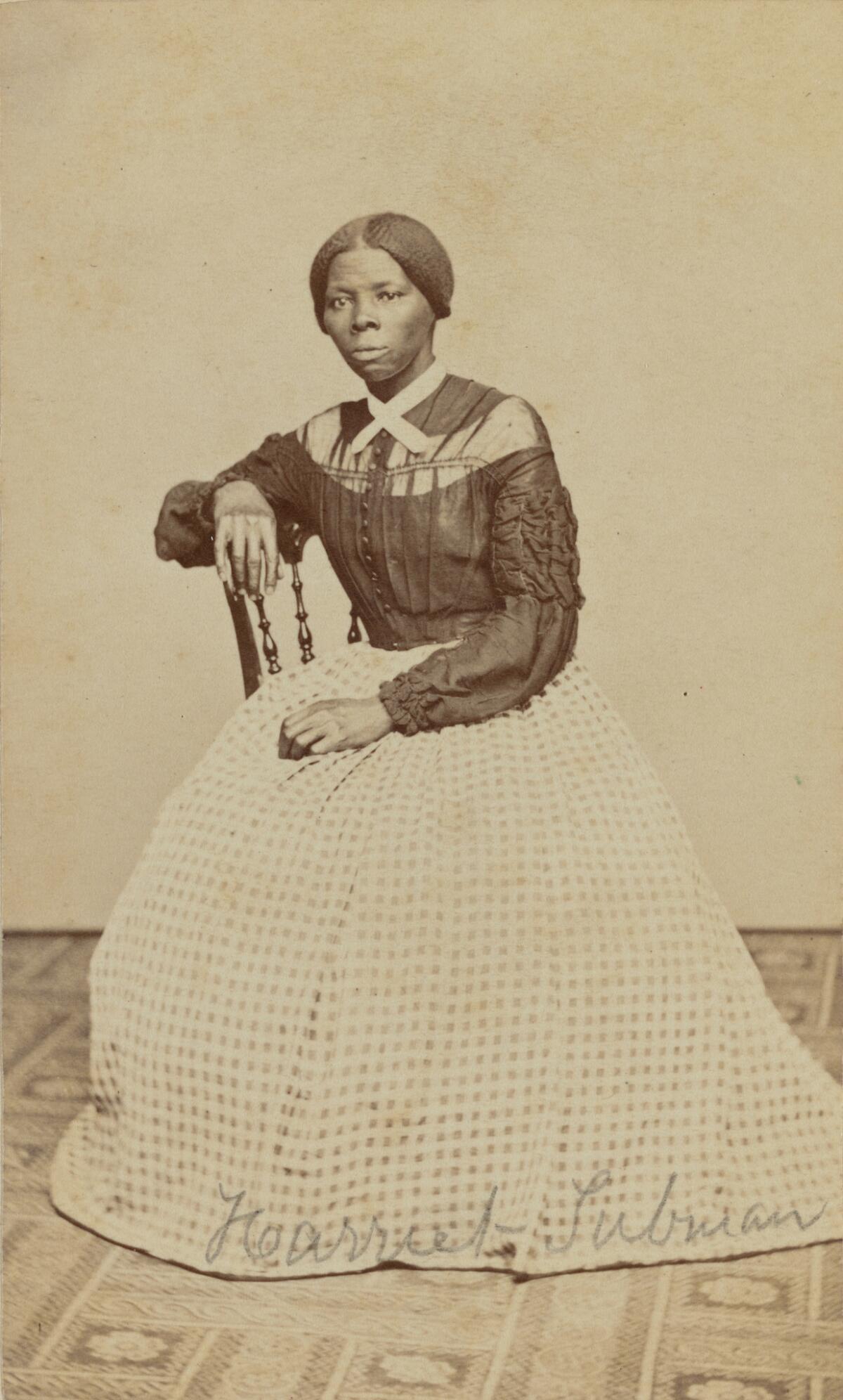
The pictures Tucker found archived at the library could be joyful or tragic, reflecting the full range of American experience, with its recurring themes and images. One picture captures a nighttime initiation meeting of the Ku Klux Klan, as dozens of men in white hoods surround new recruits in civilian clothes — a 1920s image with new relevance in 2018.
“That’s a news picture that suddenly had current meaning,” Tucker said. “That picture was made during the rebirth of the Klan, when all these [Confederate] statues were put up. That picture was taken two miles from Washington — Klansmen looking creepy as they can look.
“It just shows how recurring this is. Historical moments don’t always remain historic.”
She remembers a “tough” morning going through the photo archive of the NAACP, which included images of violence and hatred toward African Americans before and during the civil rights era. The library staff seemed to understand her challenge, and balanced her material between the serious and uplifting. On that same day, they brought her pictures from the work of Mack Sennett, the silent-era filmmaker who discovered Charlie Chaplin.
Tucker uncovered a panoramic picture of 1920s bathing beauties on a beach in Southern California, as well as a portrait of a house cat dressed heroically like the Valkyrie Brünnhilde, with breastplate and tiny winged helmet. “It just made me laugh,” Tucker said.
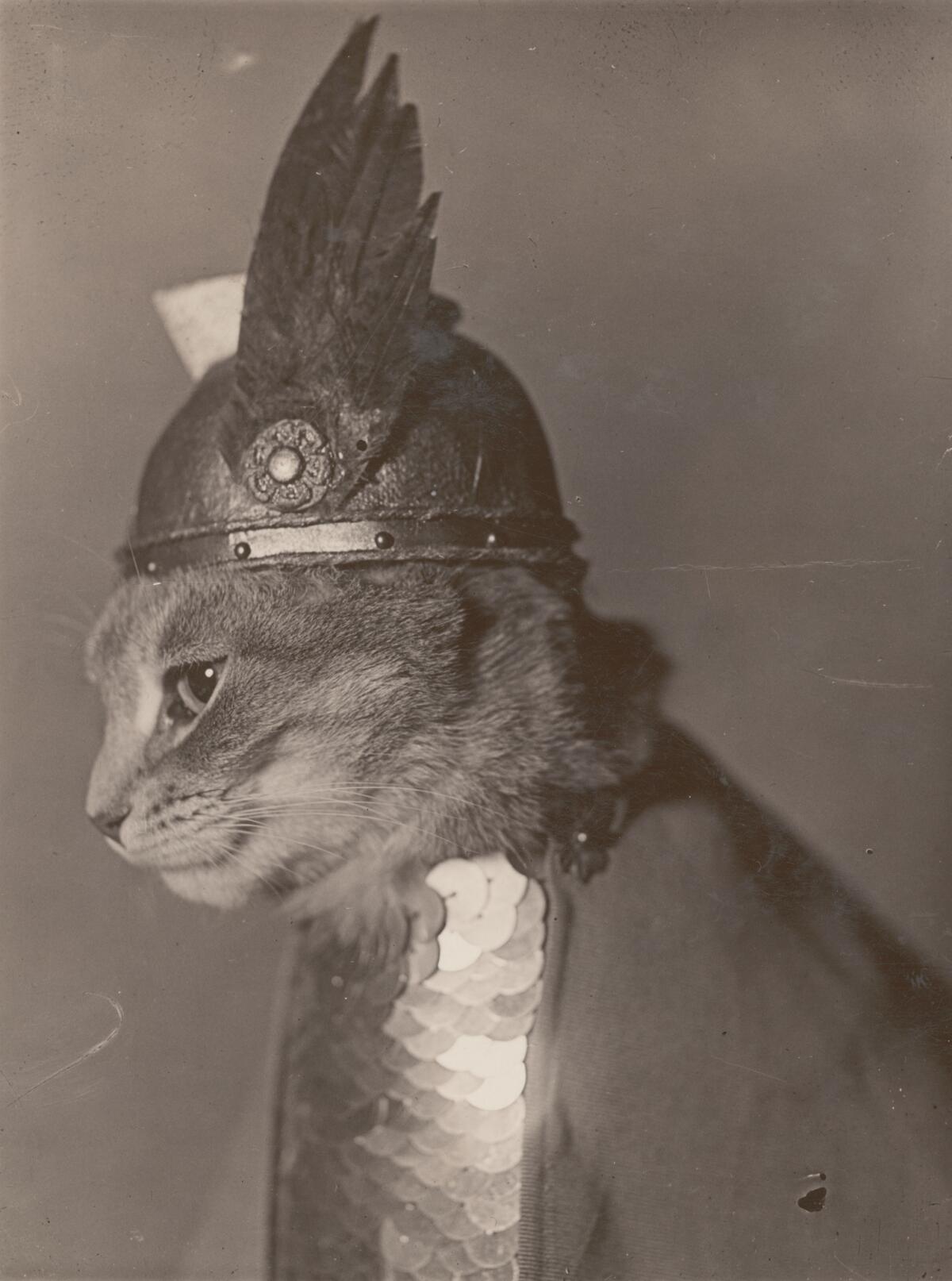
In organizing the exhibition, she sought to represent every state in the U.S. Working closely with Beverly W. Brannan, the library’s curator of photography, Tucker aimed to unearth uncataloged treasures along with iconic historic images.
“Not an Ostrich” is Tucker’s fourth show at Annenberg and likely her last as a curator anywhere, as she intends to spend her “retirement” focused on writing and editing books about photography. The Library of Congress, she said, has been an important resource for her entire career, starting with her first book, “The Woman’s Eye” in 1973, and more recently with an Annenberg show on war photography.
“I felt honor-bound to represent it,” she said of the library. “I kept asking, ‘Am I getting it right?’ ”
“Not an Ostrich” was conceived by Wallis Annenberg, chairwoman of the photography space’s parent Annenberg Foundation, to bring wider attention to the Library of Congress’ holdings. The collection encompasses 126 million historical records, images, documents and artifacts that include the archives of 23 American presidents and the world’s largest collection of comic books.
“What we do is preserve, conserve, collect these materials and make them available for people to create knowledge from,” said Carla Hayden, the librarian of Congress since 2016 and herself a history-maker as the first woman or African American to hold that position. “This is the first time we’ve partnered with another cultural institution to have an exhibit like this. This is what we need to keep doing.”
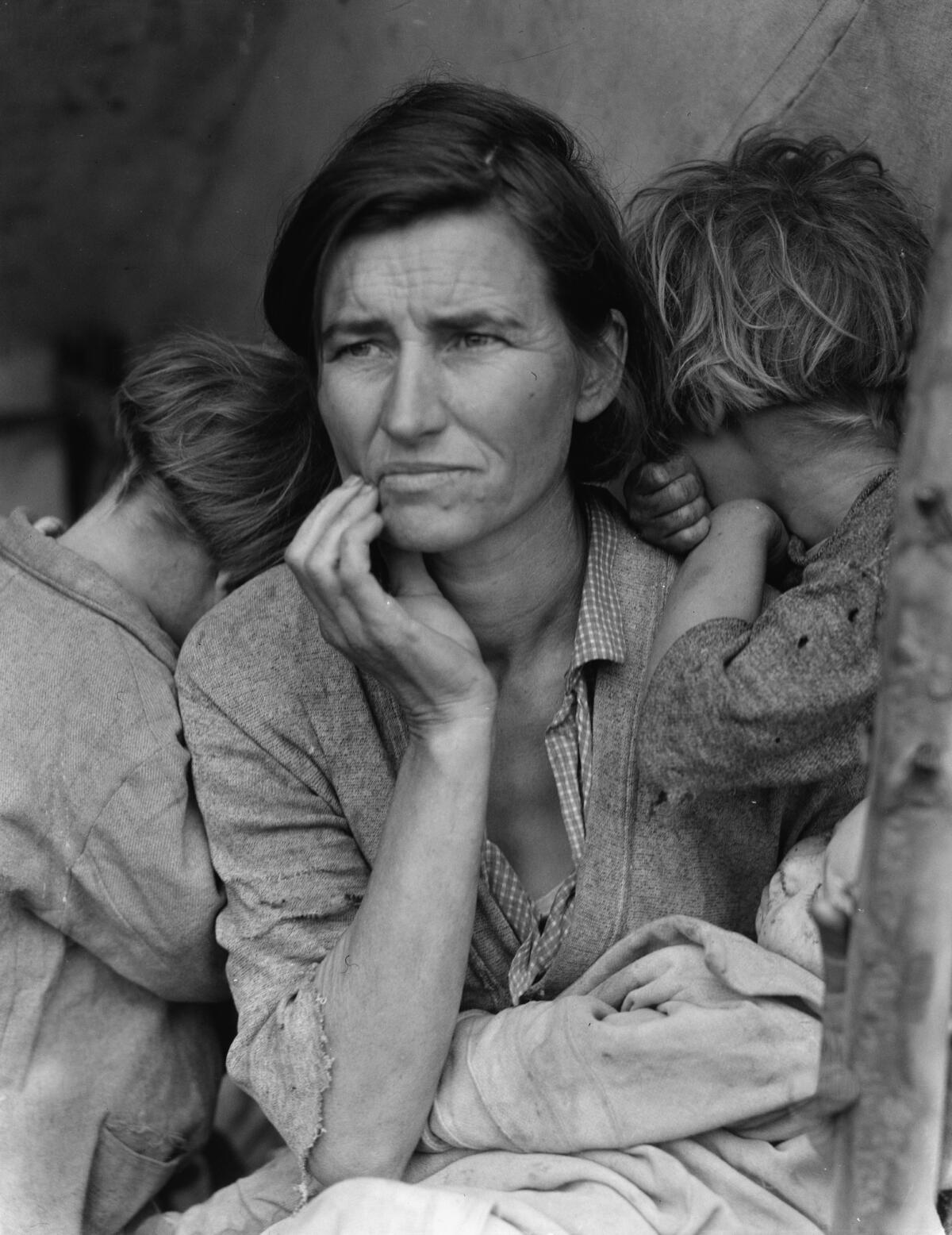
Hayden developed special affection for photography from a young age, participating in her cousin’s elaborate experiments with cameras. That relative, Stephen Smith, is now a professor of photography at Arizona State University.
“I became his subject. A lot of times it was maybe my arm,” she said with a laugh. “It wasn’t a lot of straight-on portraits. So I know about cameras, lighting. “
With a staff of 3,200, the Library of Congress collects materials as they emerge — sometimes historical items found in attics and garages, sometimes contemporary material deemed important. So far, a million images have been digitized and are free to download at www.loc.gov.
“It’s challenging, because what is going to be important 50 years from now?” Hayden said. “History never stops. We’re all on this journey.”
♦ ♦ ♦ ♦ ♦ ♦ ♦ ♦ ♦ ♦
‘Not an Ostrich: And Other Images From America’s Library’
Where: Annenberg Space for Photography, 2000 Avenue of the Stars, L.A.
When: Through Sept. 9; closed Mondays and Tuesdays
Admission: Free
Information: (213) 403-3000, www.annenbergphotospace.org
See all of our latest arts news and reviews at latimes.com/arts.
MORE ART:
How Damien Hirst shark art came to swim above the new bar at the Palms in Vegas
2018 Herb Alpert Award winners noted for explorations of race and social justice
Miró masterpiece sold to the highest bidder. It belongs in a museum instead
The biggest entertainment stories
Get our big stories about Hollywood, film, television, music, arts, culture and more right in your inbox as soon as they publish.
You may occasionally receive promotional content from the Los Angeles Times.








